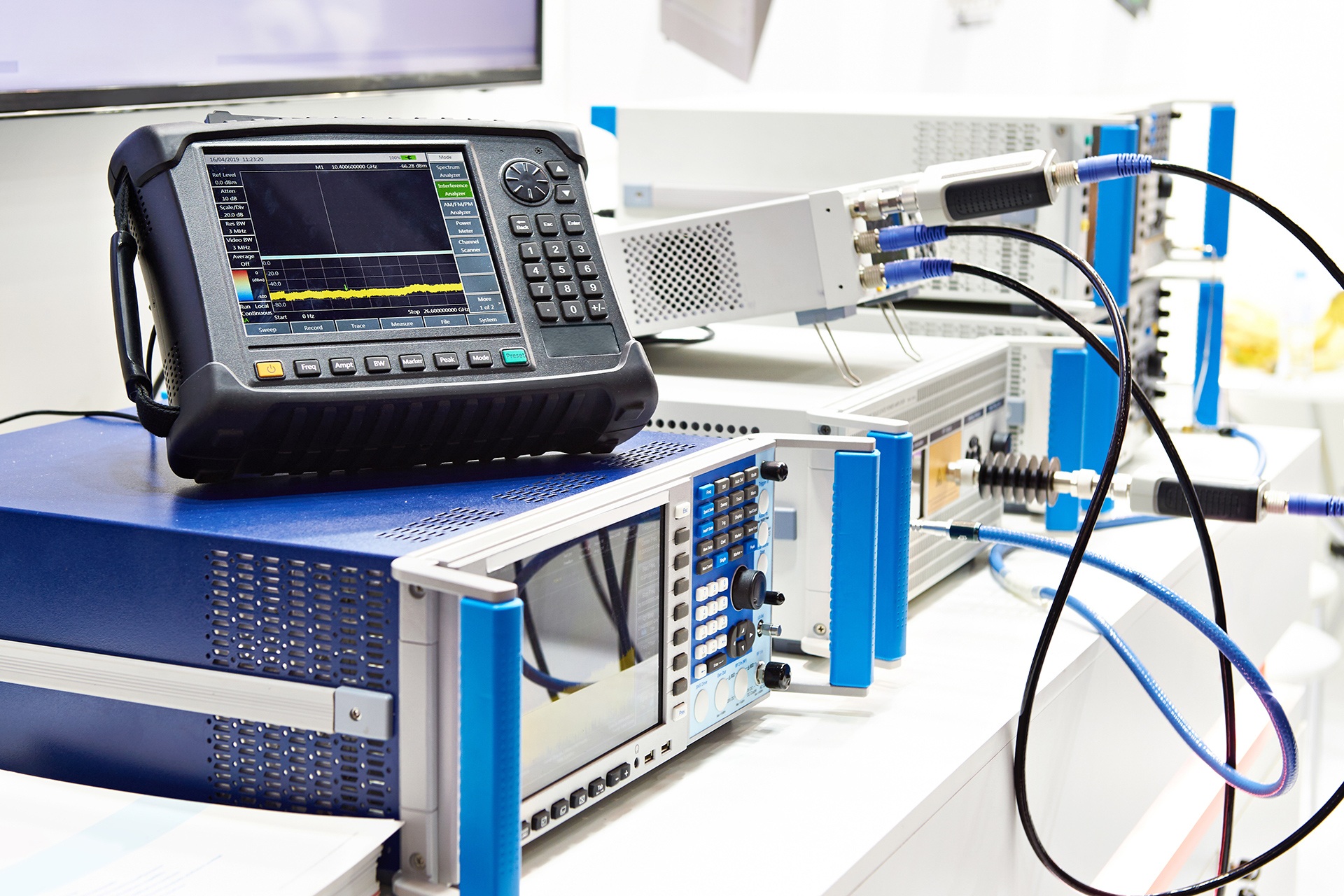You have actually possibly heard the terms calibration, confirmation, and modification utilized reciprocally in your workplace, however they're really 3 distinct procedures that serve various purposes in keeping measurement precision. If you are in charge of quality control or instrument management, blending these concepts could lead to compliance problems, pricey mistakes, and undependable information. Recognizing when to utilize each process-- and why-- can change exactly how your company comes close to measurement stability and governing compliance.What Is Calibration and Why Does It Matter?Precision drives every trustworthy measurement system, yet also the most innovative instruments drift from their designated precision gradually. That's where calibration ends up being essential.You're essentially comparing your test and measurement instruments against known referral requirements to determine their accuracy. This process does not entail making adjustments-- it's purely regarding documenting exactly how your equipment executes against developed benchmarks.Calibration issues since it makes sure measurement traceability to nationwide criteria, which is important for preserving quality in your procedures. When you collaborate with recognized calibration laboratories following ISO IEC criteria, you're developing confidence in your data.This documentation comes to be crucial for governing compliance and quality control programs. Unlike confirmation or modification, calibration offers the foundational understanding concerning your instrument's present efficiency status.The Role of
Verification in Quality Control While calibration informs you exactly how your instrument executes, verification verifies whether that efficiency fulfills your certain requirements.You'll use confirmation as a quality assurance checkpoint to ensure your instruments maintain acceptable precision degrees between formal calibration services. This process involves contrasting your instrument's dimensions versus understood criteria to verify it's still running within your well-known tolerances.Unlike accredited calibration, verification doesn't need substantial documentation
or certifications. You're merely validating your testing instruments have not drifted beyond appropriate limits.This streamlined process assists you capture measurement problems early, preventing pricey quality troubles downstream. By implementing routine confirmation schedules, you'll preserve confidence in your measurement process while prolonging periods in between formal calibrations.Verification functions as your initial line of protection in maintaining measurement integrity.When and How to Perform Instrument Adjustments When your confirmation results program dimensions dropping outdoors appropriate tolerances, you'll require to execute instrument adjustments to bring back accuracy.These changes include physical or electronic alterations to your measuring equipment to bring readings back within specifications.Before making modifications, you'll intend to identify the root cause of inconsistencies with methodical troubleshooting.Document all adjustment treatments and confirm results immediately afterward.If your instruments call for complex modifications beyond your capabilities, contact accredited instrument calibration services or calibration and repair services.Professional top quality calibration services offer ISO IEC accredited calibration with extensive customer services support.They'll carry out exact modifications using certified recommendation standards, ensuring your precision dimensions satisfy industry requirements.Key Differences In between These Three Vital Processes Although these 3 processes work together to make certain measurement precision, calibration, confirmation, and change
offer definitely different functions in your quality assurance system.Calibration services develop traceability by contrasting your measuring equipment
versus licensed referral standards, normally performed by certified calibration laboratories following ISO 17025 requirements.Verification verifies your laboratory instrument fulfills specified resistances without making changes, basically examining if it's still within appropriate limits.Adjustment includes literally modifying your equipment's setups to remedy discrepancies and recover accuracy.You'll need certified calibration for lawful compliance and precision dimensions, confirmation for regular quality checks, and change only when dimensions drift past specifications.Quality calibration services deal with the complex traceability requirements, while you can frequently execute confirmation and adjustment in-house for your test and measurement activities.Best Practices for Implementation in Your Organization Because your company's measurement accuracy depends on organized implementation, you'll require to develop clear procedures that specify when and how to carry out calibration, confirmation, and adjustment activities.Start by partnering with approved calibration services that meet your industry's compliance demands. Develop documented procedures specifying measurement intervals, local calibration company near me precision resistances, and choice standards for every process.Train your group to identify
when confirmation confirms appropriate performance versus when modification comes to be required. Apply a durable metrology management system that tracks instrument histories and timetables precautionary maintenance.Establish clear functions and duties, making certain staff comprehend these aren't interchangeable processes.Following these finest techniques

ensures your organization preserves measurement honesty while enhancing expenses and decreasing downtime through critical application of all three essential processes.Conclusion You'll achieve optimal instrument efficiency by carrying out calibration, verification, and modification as corresponding procedures instead of standalone tasks. Do not treat them interchangeably-- each serves a distinct objective in your quality management system. You're building measurement self-confidence via calibration's traceability, verification's recognition, and adjustment's precision improvements. Begin recording these processes systematically, and you'll preserve governing compliance while avoiding expensive quality problems that might impact your company's reputation and profits.